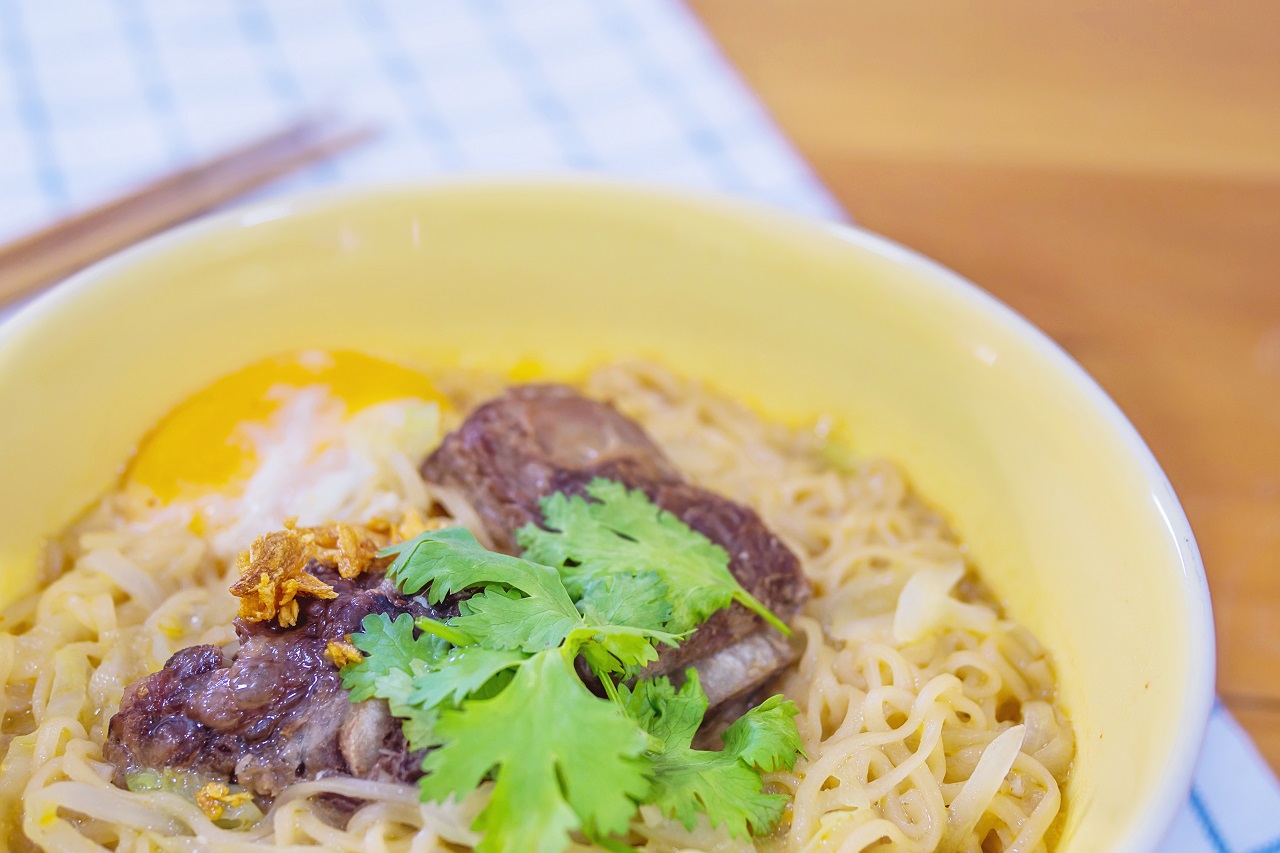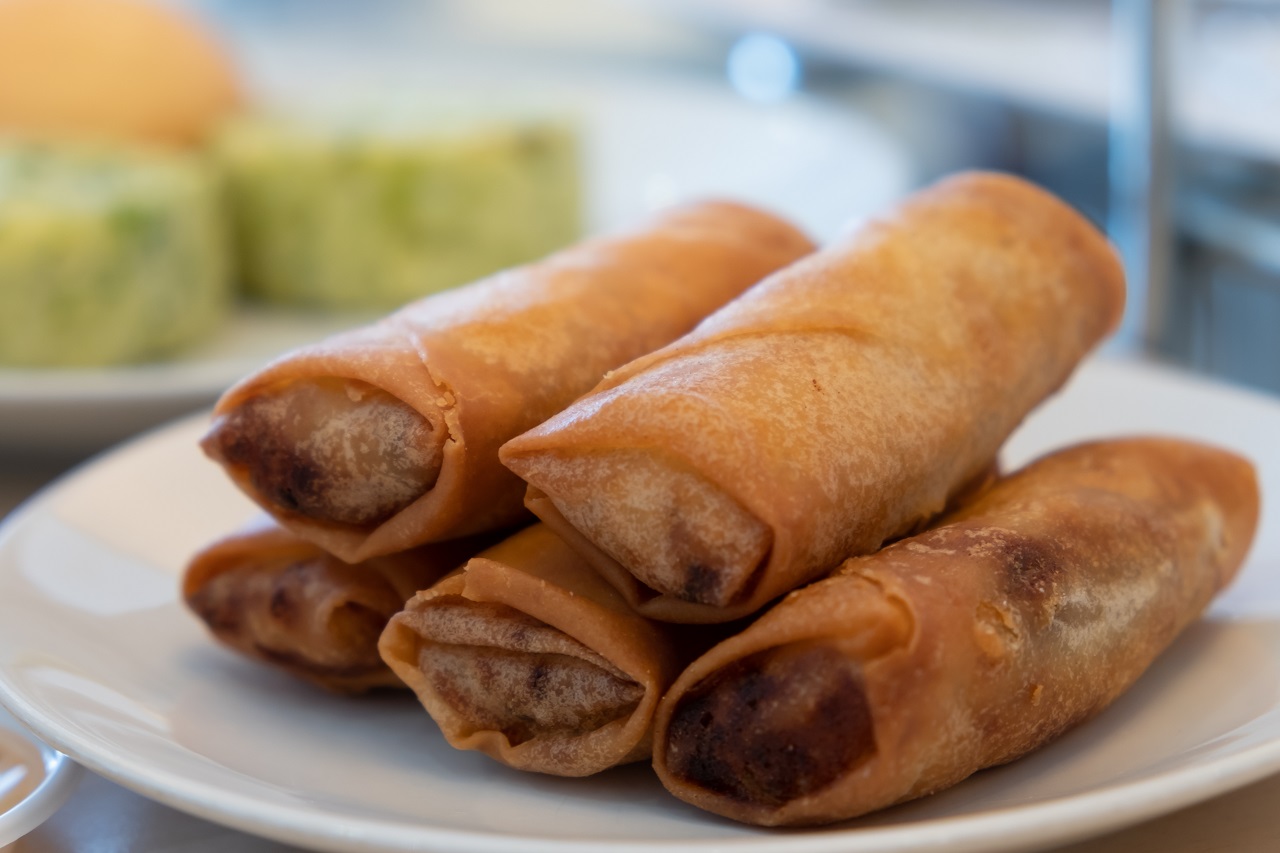What are Filipino-Chinese dishes for the Chinese New Year?
- La Paz Batchoy Noodle Soup
- Pork, Beef, and Shrimp Siomai
- Lumpiang Shanghai or Spring Rolls
- Kiampong Fried Rice
- Pancit Noodles
The presence of the Chinese has been so deeply ingrained in Filipino food and culture that locals in the country started calling the fusion of dishes as Filipino-Chinese cuisine. Chinese dishes are popular for their rich flavors and affordable ingredients. Given the Filipinos possessing a penchant for anything worth their cents, the Chinese dishes presented a perfect fit for the local mindset. With that, here are some of the famous Chinese-influenced dishes that every Filipino dining table can have for all types of celebrations.
La Paz Batchoy Noodle Soup

Batchoy is a hearty and scrumptious soup dish every Filipino can enjoy. It is made of chicken and pork soup with a thick noodle base. It also has strips of pork, chicken, and liver topped with fried garlic, onions, crushed chicharron, as well as a whole egg. The dish is often referred to as La Paz Batchoy due to its origins in the district of La Paz in Iloilo. The batchoy dish became so popularized that consumer retail companies created instant noodles for those who wish to have easy access to its comforting flavors.
Pork, Beef, and Shrimp Siomai
Siomai is a dumpling of Chinese origin. It is often made with pork, beef, and shrimp wrapped in wonton wrappers. It can also be combined with extenders like green peas or carrots. The dish is either steamed to maintain the softness of the wrappers or fried to create a crispy exterior. Siomai is commonly dipped in soy sauce with calamansi topped with oil and spicy garlic mix. The bite-sized dish can be seen in every busy corner or area around the country. They are either consumed as a merienda snack or paired with rice that makes a hearty lunch.
Lumpiang Shanghai or Spring Rolls

Similar to siomai, lumpiang shanghai or spring rolls are a combination of veggies and meat wrapped in flour wrappers to keep the ingredients together. Lumpia was brought to the country by Chinese immigrants from the Fujian province of China. It quickly became popular not just within the country, but around Southeast Asian countries as well.
Frying the lumpia in oil is the traditional way to cook the dish. The flavors of the meat together with spring onion, carrots, and oyster sauce is truly a delicious explosion. Another way to enjoy the dish is to prepare it wet, with beef and dried prawn floss. It is referred to as the wet spring roll.
Kiampong Fried Rice
Kiampong or Kiam Pung fried rice are Hokkien terms that translate to “salty rice”. It is basically Chinese flavored rice with meat and vegetable toppings in soy sauce. Other locals would refer to the dish as adobo rice without the veggie ingredients. Each Filipino has their own way of making Kiam Pung. This depends on their city or location as the dish is passed on from one generation to another.
The grains of rice are cooked in a rice cooker while other ingredients are cooked all together. After both have been cooked, the rice and mixture of ingredients will then be added to a pot set on medium heat. Soy sauce will then be added to mix the whole dish together and create Kiam Pung. You can use either shrimp, pork, beef, or chicken as the main ingredient as each delivers a unique taste.
Pancit Noodles

In Chinese culture, noodles symbolize longevity. It is a long-standing tradition to serve pancit during Chinese New Year celebrations to welcome good luck. The dish is also a huge part of birthday celebrations as a form of wishing the celebrant a good and long life.
Apart from these beliefs, Filipinos have learned to love the dish so much that it can be seen in streets and malls alike. The typical Filipino pancit consists of noodles, a mixture of vegetables, meat, as well as soy sauce. The word pancit is derived from the Hokkien “pian I sit” which translates to “something conveniently cooked fast”.
There are numerous variations of pancit originating from different regions in the Philippines. Among the popular ones are the pancit Malabon, lomi, sotanghon, bihon, and palabok. Often, you will notice at least two types of pancit are served on a Filipino dining table or buffet set up. Indeed, the locals can never get enough of the flavor-filled dish.
Key Takeaway
There is no doubt that several types of Filipino food have known origins in the Philippines. But, there is also no denying that authentic Chinese food has formed a niche within the local cuisine. Regardless of that, the Chinese-influenced dishes have become a part of every Filipino dining table during celebrations and even on normal days. From the pancit to lumpiang shanghai, an occasion or gathering is not truly a celebration without the presence of Chinese-Filipino cuisine.




